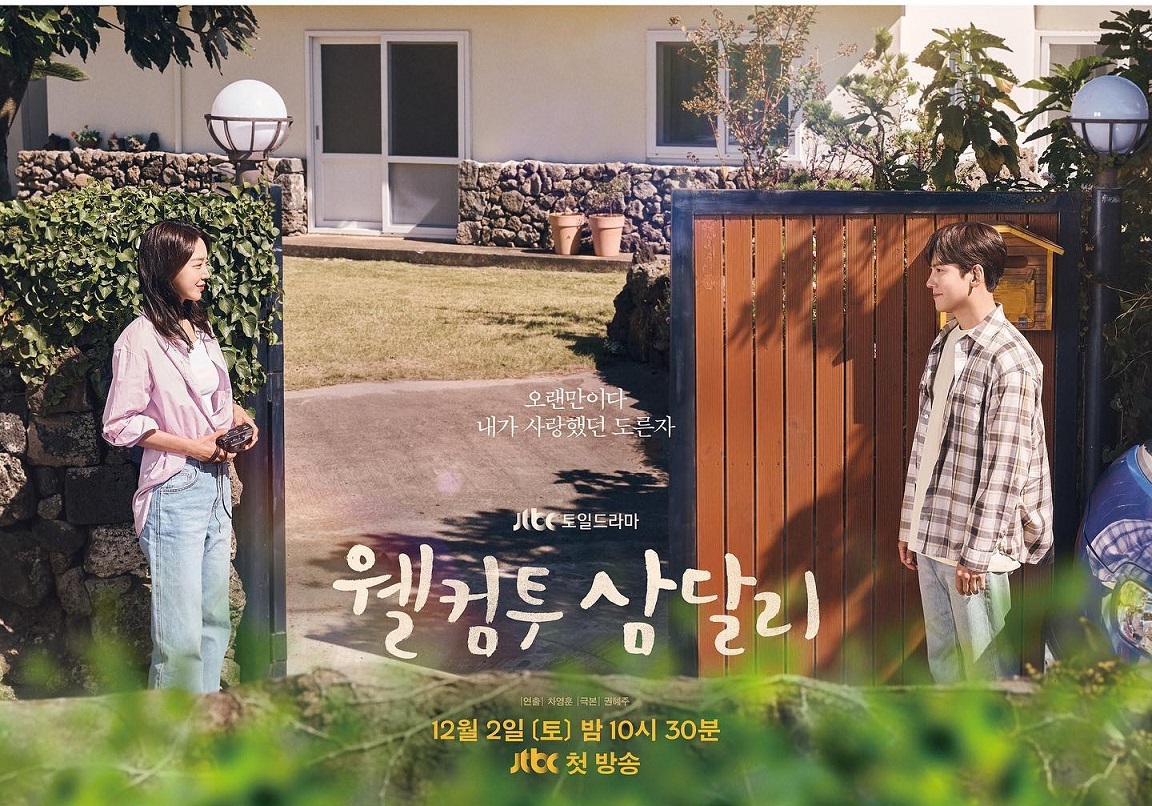Homeward bound
Home where my thoughts are escapin’
Home where my music’s playin’
Home where my love lies waitin’
Silently for me
— “Homeward bound” by Simon & Garfunkel
The title “Welcome to Samdal-ri” sounded so much like a lame tourism slogan that I thought of skipping the series altogether. But I changed my mind when I learned that Shin Hye-sun and Ji Chang-wook were playing Cho Sam-dal and Cho Yong-pil, respectively. They’re riveting actors, particularly Shin Hye-sun whose depiction of characters isn’t necessarily derivative of the previous ones she’d portrayed.
Sam-dal and Yong-pil’s story of interrupted romance faded into the background as the story of heartbroken women confronting their tribulations took center stage in this “healing drama.” (“Healing drama” is a K-drama genre where the troubled main characters leave the city for the countryside to mend their frayed lives.)
The series is gender-inclusive, with the men’s stories — i.e., Sang-tae’s grief, Boo Sang-do’s unrequited love — woven into the tapestry of suffering and healing. Significantly, the metaphor of home is subtly worked into the narrative as the series vicariously tours viewers around Jeju, Korea’s largest island and a Unesco World National Heritage site famous for its volcanic lava tubes.
Empty nest
Yong-pil was fine living in Samdal-ri, but not Sam-dal who found it stifling. She had wanted to leave since she was young and manifested a future move while sitting at Dodubong Peak, a small oreum (volcanic cone) with a view of the city of Jeju from the top. (Per m.visitjeju.net, tourists can reach the top from the in five minutes.)
San-dal’s wish to leave home struck a puzzling, almost discordant, note because her home wasn’t “dark” she was growing up.
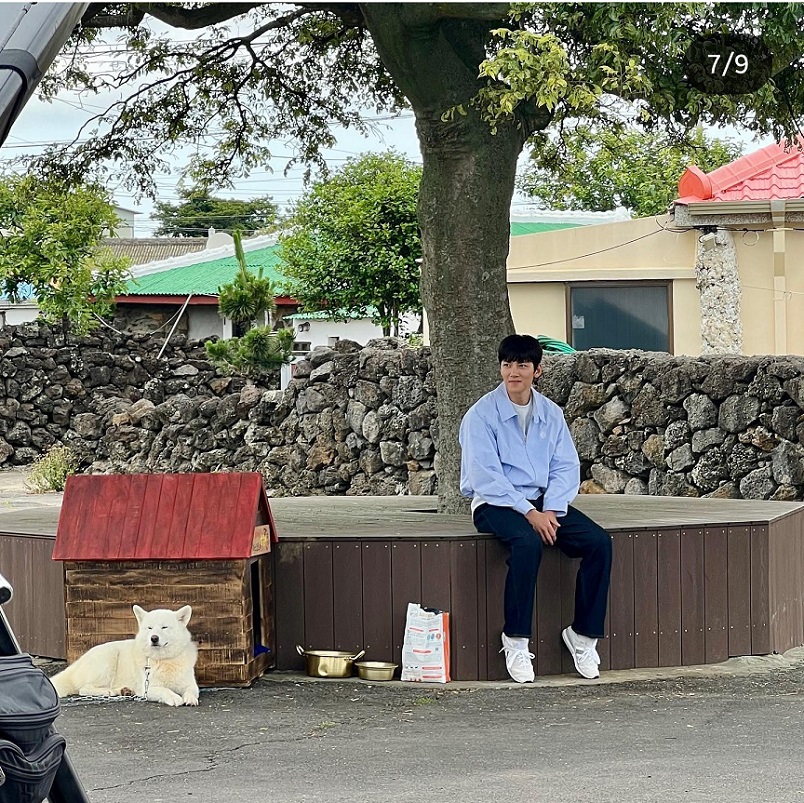
Home can be categorized into two, explained Roni Beth Tower, a retired psychologist, in www.psychologytoday.com. The first is as a place of positive or idealized experiences. The second is “plagued by violence, addiction, exploitation, chaos, and ill will that easily produces traumatized children and eventually adults.”
Granted that Sam-dal had a martinet for a mother, but her home brimmed with positive experiences prior to her separation from Yong-pil. Nonetheless, Sam-dal –and sisters — left Jeju, building new lives and a home in Seoul. Sam-dal was a photographer running her own studio after slaving for eight years as an assistant photographer. Older sister Cho Jin-dal was a flight attendant married to a chaebol (rich business scion), and younger sister Cho Hae-dal was a single parent raising a daughter.
Collapsed home
The Cho sisters’ home in Seoul started eroding with Jin-dal’s divorce from her husband. She had disclosed her in-laws’ cruelty towards others, an act that cost her not only her marriage but also her career (no one would hire her). Their home collapsed completely when Bang Eun-ju, Sam-dal’s studio assistant, leveled a fraudulent claim of workplace abuse at Sam-dal. Eun-ju was feeling the pressure from companies she got products from without Sam-dal’s knowledge. The companies demanded their products’ exposure in the photo shoots, but Sam-dal regarded them incongruous to her concepts.
Eun-ju’s assertion of abuse led to the cancellation of Sam-dal’s planned momentous photo exhibit and eventual pullout by her clients.
The sisters’ departure for Jeju was expedited by the relentless online bashing — “cancel culture” at its best — and reporters camping outside their house, virtually imprisoning them. Sam-dal refused interviews because these only fueled the hatred towards her, and she had experienced a harrowing ambush interview earlier on.
The return of the daughters of Go Mi-ja, head of the Samdal-ri haenyeo (women divers in Jeju Island), had the village buzzing. Why the hullaballoo? It was a clear announcement of the sisters’ failed lives — personal and professional — in Seoul and, thus, a source of embarrassment for their mother and a new topic for the townsfolk to chinwag about.
Netizens and reporters still hounded Sam-dal in Jeju, but her original home protected her against the encroachment of Eun-ju and the reporters.
Fragile home
Samdal-ri may not have been as toxic a home as Seoul, but it was still veiled in quiet chaos brought about by the death of Bo Mi-ja, Yong-pil’s mother and Mi-ja’s best friend. A haenyeo like Mi-ja, Bo Mi-ja shouldn’t have gone diving that day, but did. Her death — the result of misread weather conditions — cast a funereal pall over the village.
Overwhelmed by pain and grief, Sang-tae, Yong-pil’s father, destroyed his home and relationships. He was estranged from his son with his insistence on Yong-pil’s resignation from his weather-forecaster job to distance him from Sam-dal and his constant rejection of Sam-dal. His animosity towards Mi-ja knew no bounds: He banned her from attending the funeral and always threw away the food she brought him.
Unknown to Yong-pil, Sang-tae also directed his anger and grief at Sam-dal, demanding that she leave him. He gaslighted her at Gimneyeong Beach — known for its white sand and volcanic rocks, per m.visitjeju.net — for taking away the only family he had left. Sam-dal said she couldn’t live without Yong-pil, but Sang-tae was adamant that they separate.
Yong-pil, on the other hand, clung to the positive side of his home despite the loss of his mother and girlfriend, and alienation from his father. He stayed to protect the Samdal-ri residents by carefully monitoring the weather, a decision rooted, according to the psychologist Tower, in the memory and attachment theory of home.
“The home the center of forging and nourishing attachment bonds, and [offers] a sense of belonging securely… into adulthood until changes in unconscious expectations make room for revised understanding,” Tower said.
Yong-pil maintained the familial bonds with Mi-ja, looking after her as if she were his mother. He even made a colorful cover for her tewak, a buoy with a mesh bag, to easily track her during her dives on the monitors at work. He hung out with childhood best friends Sang-do, Wang Kyung-tae, and Cha Eun-woo, whom he used to play with in middle school at Kim Gyeongsuk Sunflower Farm. (It’s a good wedding venue, said m.visitjeju.net.) Yong-pil was still friends with Sang-do even after learning he’d always been in love with Sam-dal and pursued her momentarily.
Women power

Mi-ja couldn’t understand why Sam-dal and siblings returned home like a thief slinking about in the night. They had a strong role model in Mi-ja — Samdal-ri’s de facto matriarch — and grew up with strong women who wouldn’t let harm come to anyone in their community. Single-handedly, Mi-ja faced Eun-ju without hesitation, telling her off for maligning her daughter. Collectively, she and the haenyeo rallied behind Sam-dal against Eun-ju; they helped Sam-dal set up her exhibition after Yong-pil’s office, influenced by Eun-ju’s machination, reneged on their agreement.
Mi-ja’s fictional formidability comes from her being a sanggun, the highest classification of a real haenyeo, who is the embodiment of enduring power and courage. She led dives that teeter- tottered between life and death. Per m.visitjeju.net, haenyeo faced dangers with every dive — i.e., encountering poisonous creatures, getting stuck among volcanic rocks, or their bitchang (hook- shaped tool that’s secured to their waist) getting caught in the rock from which they’re prying the abalone.
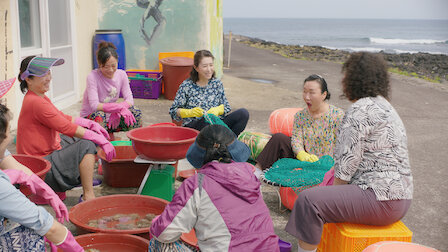
Actually, the Jeju haenyeo has been a Unesco intangible cultural heritage since 2016. Per ich.unesco.org, the haenyeo, some of whom are in their 80s, harvest shellfish (abalone and sea urchin) 10 meters deep in the sea for up to seven hours a day, 90 days a year. They’re known for their remarkable ability to hold their breath for a minute every dive and the sumbisori (breath sound) they make while exiting the waters.
“The sumbisori is an ancient breathing technique that involves exhaling rapidly all the carbon dioxide in the body and quickly inhaling oxygen,” said Mikhail Karikis in arteeast.org. “Each sumbisori is a distinct sound produced by a haenyeo. It [functions] as an aural signal and acoustic location marker. It’s practiced only by women and passed on from mother to daughter.”
“Possible selves”
Tower pointed out that the home is where a person’s identity is made through “temperament, needs, desires, and relationships,” creating “possible selves” or an imagery of who one might become. Tower borrowed possible selves from Hazel Markus and Paula Nurius, who theorized about it in a paper with the same title in American Psychologist (1986). Markus and Narius explained that possible selves represent three things: what they might become, what they would like to become, and what they’re afraid of becoming.
Sam-dal’s return home led to her reconnecting with her possible selves. She recovered her passion for being a photographer (what she wanted to be, and indeed became one); gave love another chance after giving up on it years ago (she didn’t want to be without Yong-Pil); and rekindled ties with her family, friends, and community.
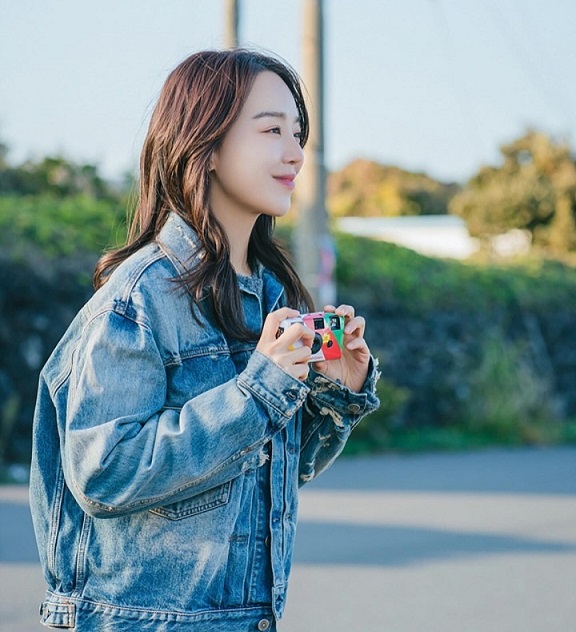
Heeding Yong-pil’s advice, she hiked the Olle trail leading to Gunsan Oreum to find herself. (The oreum is the spot to view the sunset, Seogwipo, Korea’s second largest city on the island, etc., said m.visitjeju.net.)
And she was taking pictures like she used to. Yong-pil drove her down to Gwangchigi Beach, another sunset viewing spot, so she could take pictures for the photo contest hosted by his office. At Andol Oreum Secret Forest, its canopy of trees providing a scenic backdrop, she helped a couple take their wedding photos.
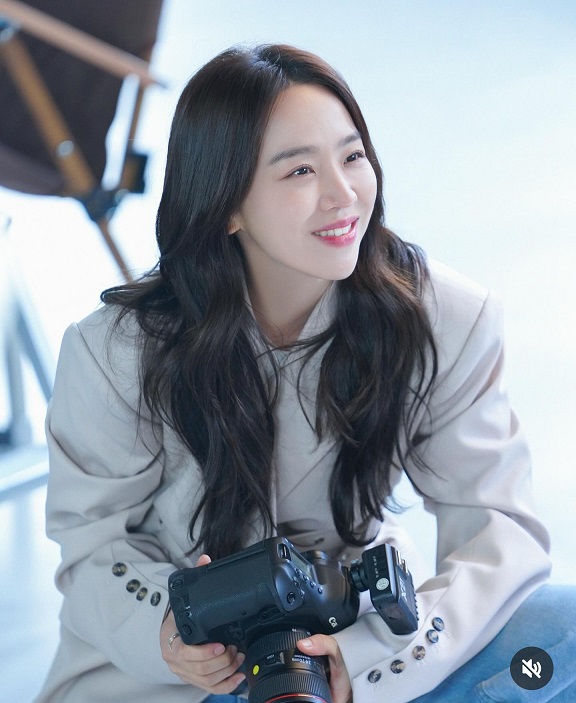
Madwomen no more
It used to be that women (fictional or not) suffering from a breakdown were ignored because female experiences — i.e., childbirth, illnesses, passion — were swept under the rug. Lamentably, they were described as “madwomen” and hidden from the public, like Bertha Rochester who was imprisoned in the attic in “Jane Eyre.”
However, the “madwomen” these days are now acknowledged, listened to, and helped. “Welcome to Samdal-ri” spotlighted the female experience of mental health problems, but didn’t stop at just showing Sam-dal’s meltdowns and concluding with biased notions. True to its genre of healing drama, romantics and cynics are applauding the recovery of the long-suffering characters.
Sam-dal and Yong-pil reconciled and their professional lives are flourishing as well. Sam-dal’s photography studio is back in business and Yong-pil got his dream job in Switzerland. Kyung-tae is in a relationship with one of Sam-dal’s assistants while Sang-do has finally let go and moved on from Sam-dal.
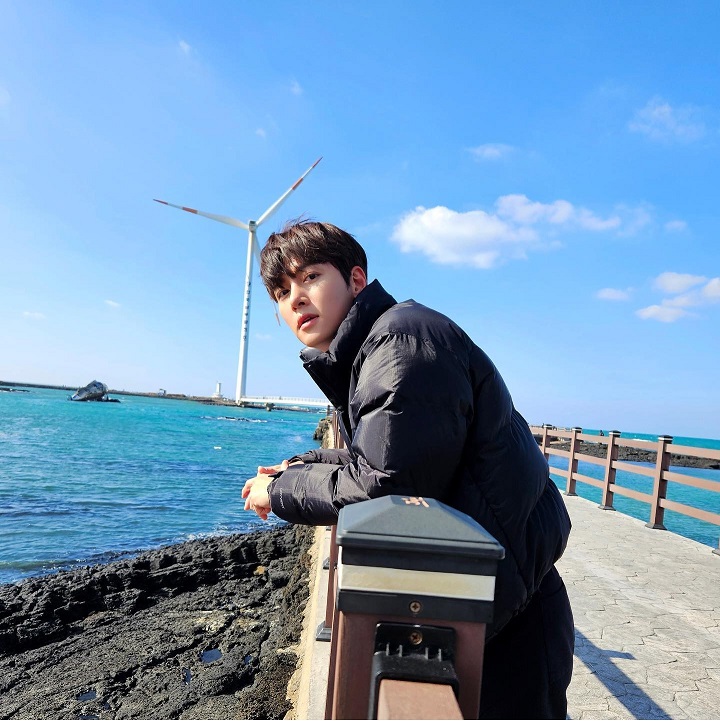
Mi-ja and Sang-tae are on speaking terms, and the latter approved Sam-dal and Yong-pil’s relationship. Jin-dal and her ex-husband are together again and she’s back to being a flight attendant albeit as ground crew. Hae-dal is training to become a haenyeo (a development that should have been explored more), and has a potential beau in Gong Ji-chan, head of the dolphin center.
In an era that sees more people’s lives destroyed for various reasons, “Welcome to Samdal-ri” is a safe home for distressed souls. Dorothy in the 1939 film “The Wizard of Oz” was right all along when she said, “There’s no place like home.”
